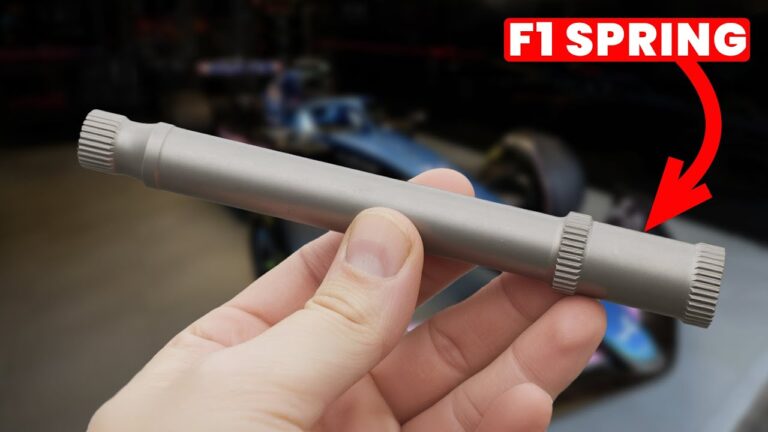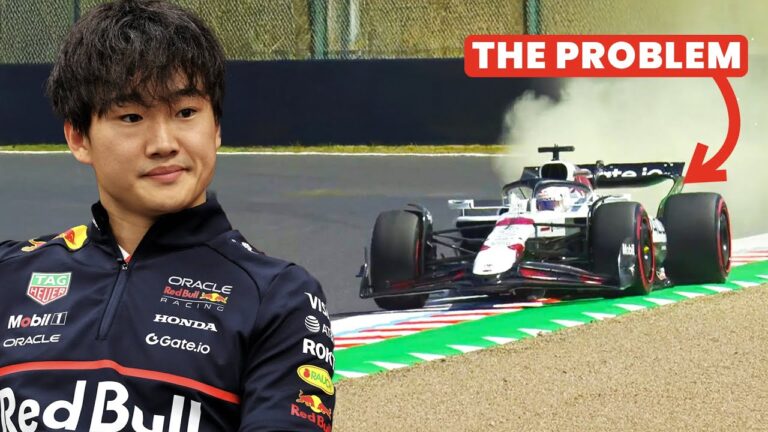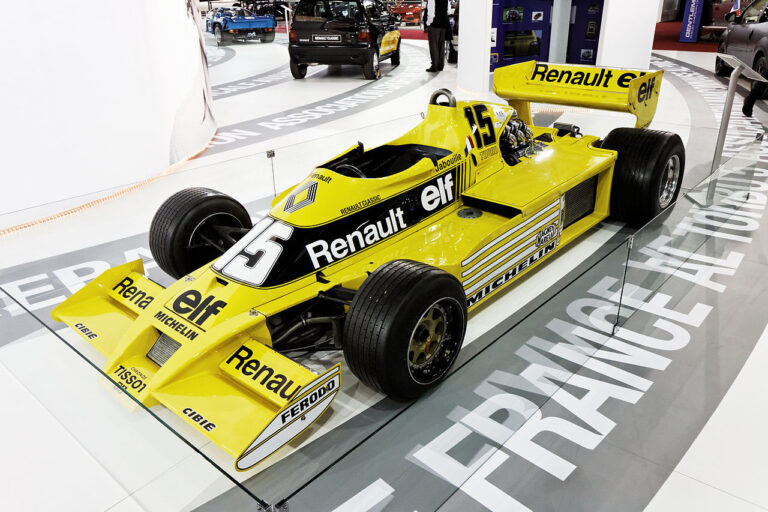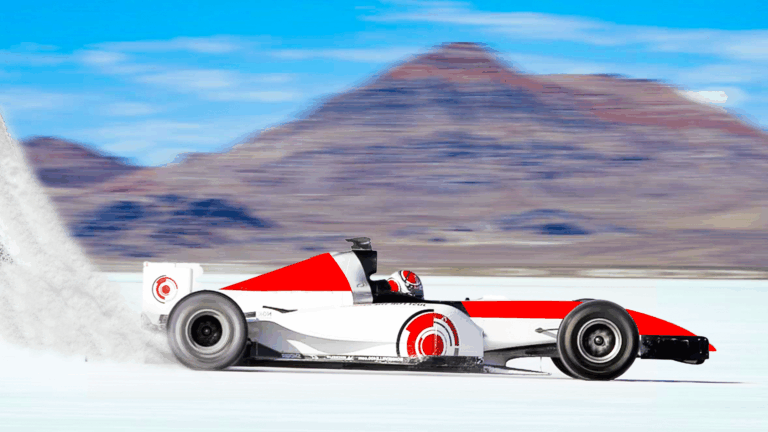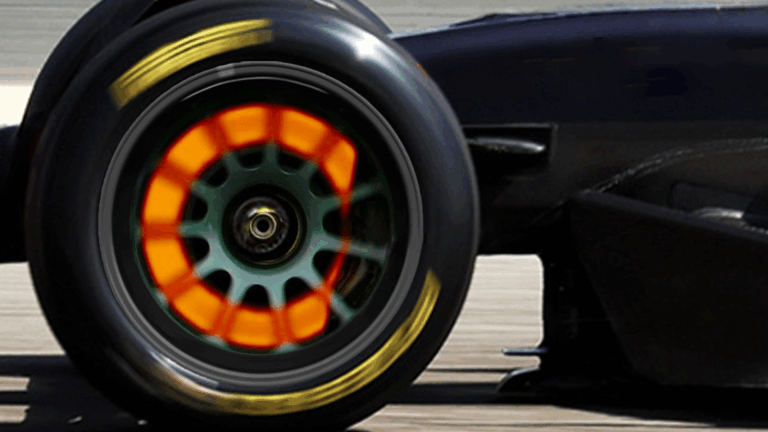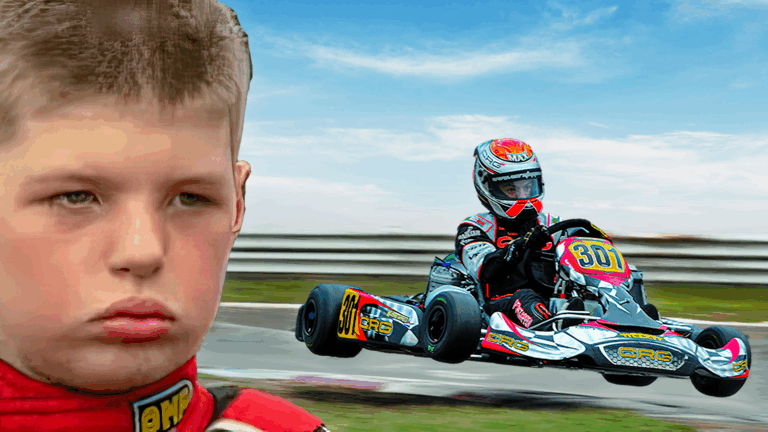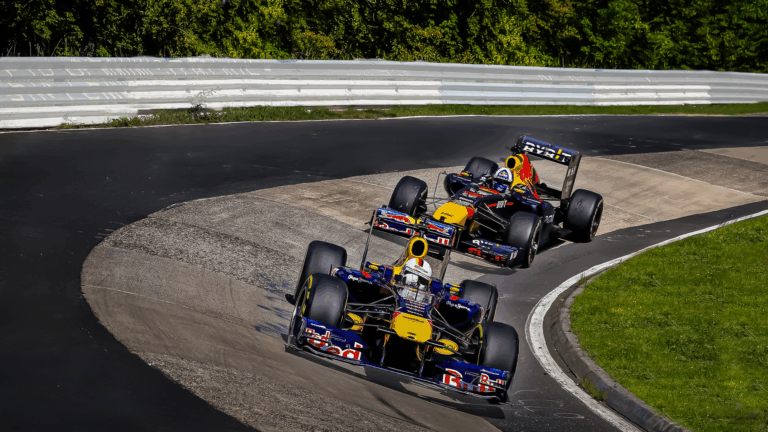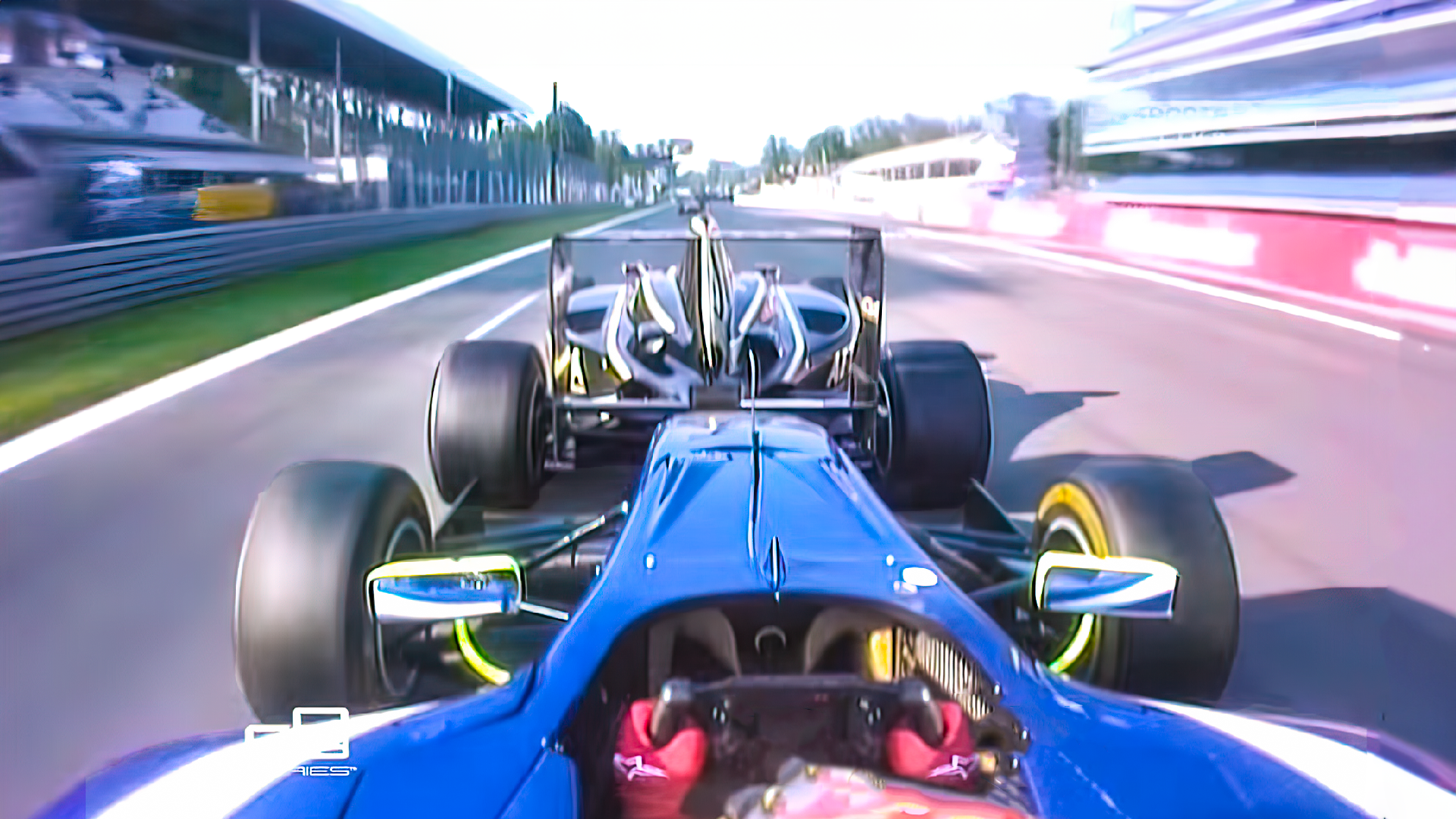
When it comes to motorsport, every split-second advantage matters. In the world of NASCAR and certain endurance races, one surprising technique takes centre stage – bump drafting. This controlled collision can add speed to both cars involved, creating opportunities to gain positions or even dominate the race. But why is this clever trick missing from Formula 1? To answer that, we’ll dive into the aerodynamics, benefits, and risks of bump drafting and explore why this technique doesn’t fit the F1 playbook.
What Is Bump Drafting?
Bump drafting is a technique where the trailing car gently pushes the car in front, transferring momentum and allowing both cars to move faster. It’s a staple in NASCAR races on superspeedways like Daytona or Talladega, where long straights and tightly packed fields make overtaking particularly challenging without teamwork.
At its core, bump drafting relies on slipstreaming. When a car slices through the air, it creates a high-pressure zone in front and a low-pressure vacuum behind. By tucking in close behind another vehicle, the trailing car reduces its drag and accelerates. In NASCAR, the following car takes it a step further by physically pushing the car ahead, reducing drag for both vehicles and boosting their speed.
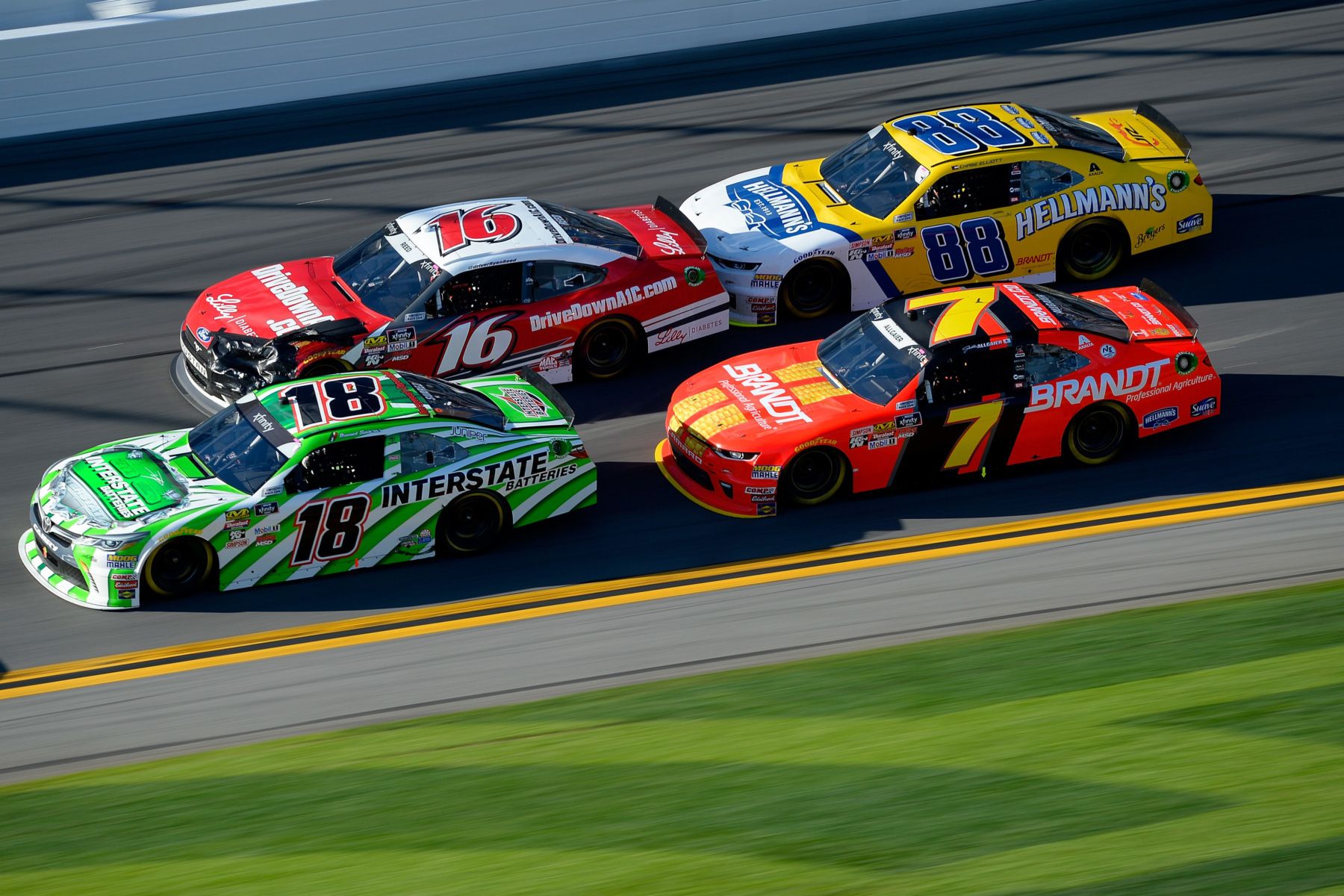
The Risks and Rewards
Bump drafting has its benefits but comes with significant risks. Done correctly, it can provide a substantial speed boost – up to 20 mph in some cases. This is particularly advantageous on long straights, where drafting trains of multiple cars can dramatically reduce overall drag and increase lap times.
However, the technique requires precision. A poorly timed push can send the car ahead spinning, especially in corners where grip is already at its limit. NASCAR has witnessed numerous high-profile crashes due to miscalculated bump drafts. To mitigate these risks, bump drafting is sometimes restricted on certain tracks or during specific race phases.
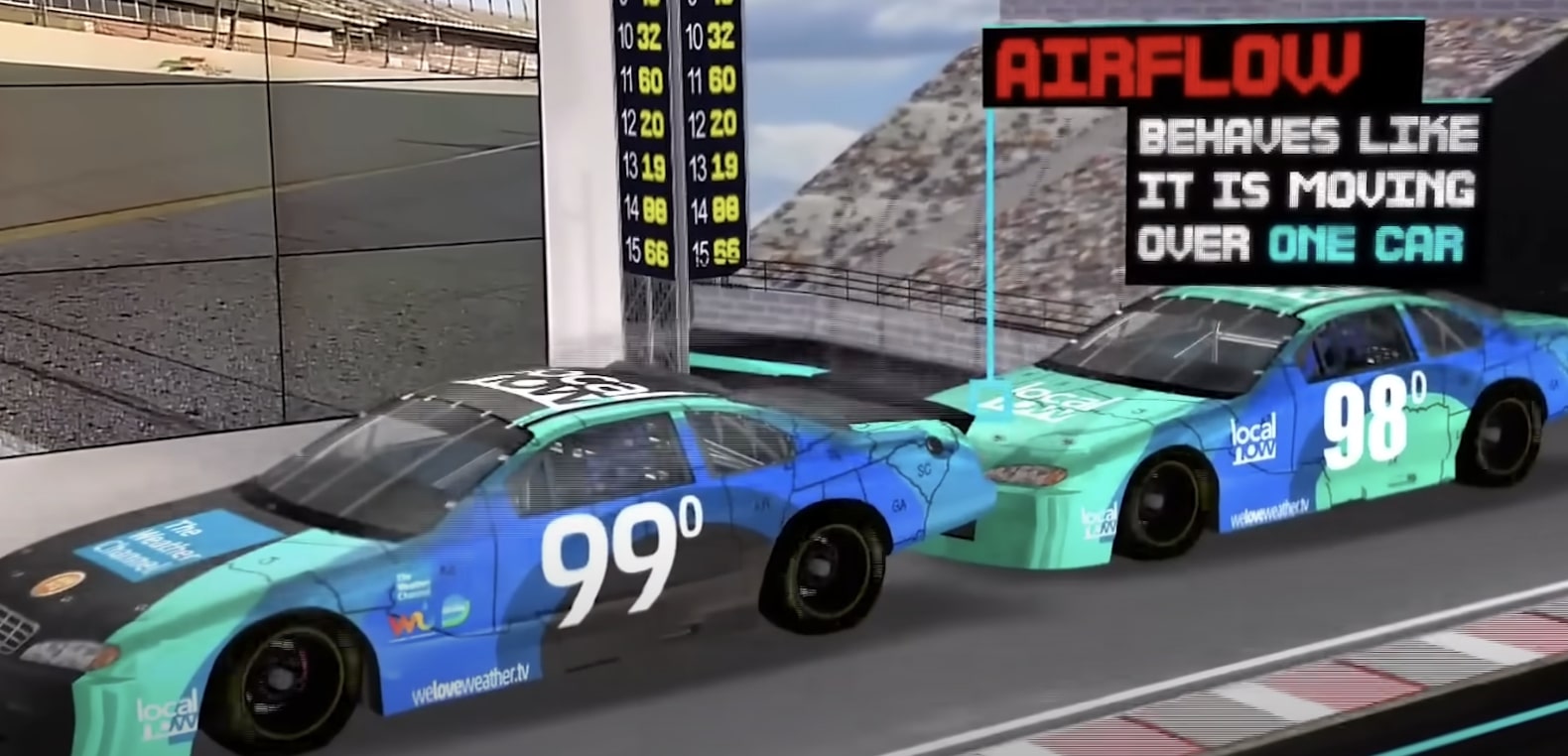
Why Doesn’t Bump Drafting Work in Formula 1?
Formula 1 cars are engineered for precision, with aerodynamics designed to maximise downforce and minimise drag. While slipstreaming plays a role in F1 overtaking strategies, bump drafting isn’t viable for several reasons:
- Front Wing Vulnerability
The low, wide front wings on F1 cars are critical for aerodynamics but highly fragile. Any contact with the rear of another car could result in significant damage, rendering the front car unstable and the trailing car uncompetitive. - Race Dynamics
Unlike NASCAR, where cars often form tightly packed groups, Formula 1 races typically see more spaced-out fields. Overtaking in F1 relies on precision braking, cornering, and strategic use of DRS (Drag Reduction System), leaving little room for physical pushing. - Car Design
F1 cars are built to avoid contact. Their diffusers, rear tires, and intricate crash structures don’t align well with the flat-front designs of NASCAR vehicles, which are purpose-built for close racing and even minor collisions.


The Role of Slipstreaming in Formula 1
While bump drafting is absent, slipstreaming is alive and well in F1. Drivers strategically position themselves behind rivals to reduce drag and gain speed, often using this to slingshot past on straights. However, this requires careful timing, as turbulent air from the car ahead can reduce downforce and affect handling.
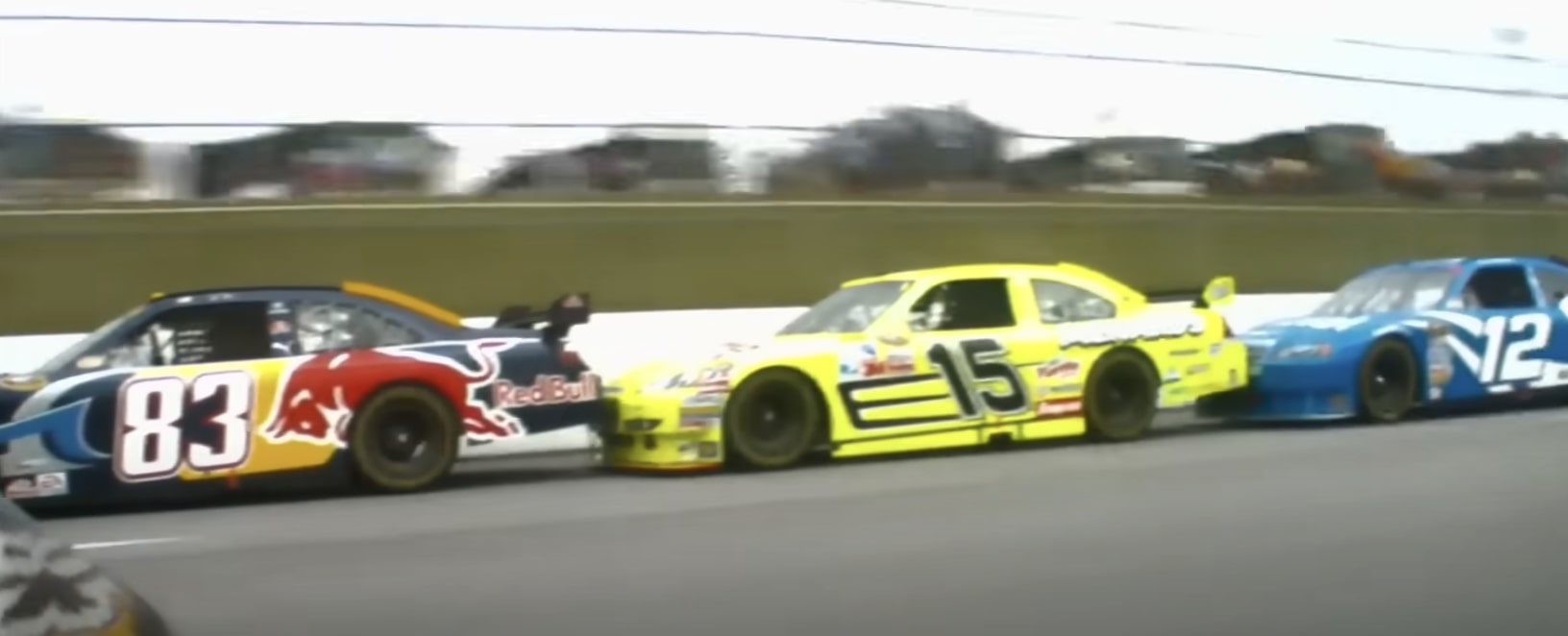
Beyond NASCAR: Bump Drafting in Other Series
Interestingly, bump drafting isn’t limited to NASCAR. It appears in other motorsports, from karting to endurance races. For example, in events like the 25-hour Fun Cup at Spa-Francorchamps, drivers often form drafting trains to save time and energy. These cars, designed for durability rather than speed, make bump drafting practical and effective.
Even in single-seater categories like Formula 3, some drivers have experimented with pushing, albeit cautiously. A notable example occurred at Monza, where drivers worked together to close gaps before disengaging for braking zones.
Why the Right Cars Matter
Not all vehicles are suited for bump drafting. NASCAR cars feature crash structures that allow for safe contact, while Formula 1 cars are optimised for airflow and downforce, making even minor contact catastrophic.
Sim racing has highlighted this difference starkly. In one virtual race, Lando Norris attempted to push Max Verstappen at Daytona, resulting in an immediate spin due to mismatched car designs.
Conclusion
Bump drafting remains a fascinating strategy unique to motorsport categories that embrace close-quarters racing. While it’s thrilling to watch and undeniably effective in NASCAR, its risks and incompatibilities make it unsuitable for Formula 1. In the high-stakes world of F1, drivers rely on calculated moves and cutting-edge technology to gain an edge, leaving bump drafting to their NASCAR counterparts.




